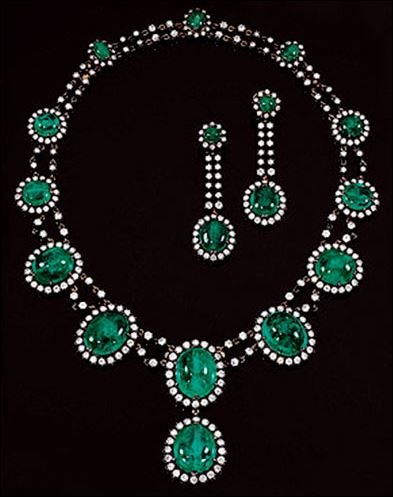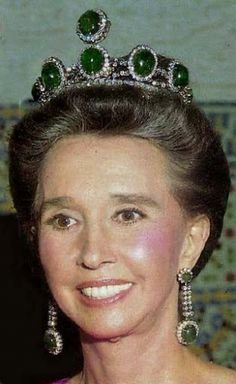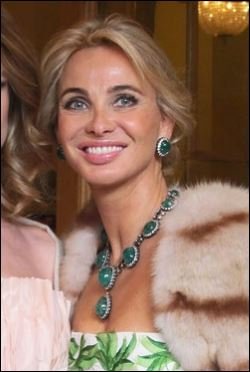curious101
Commoner
- Joined
- May 11, 2008
- Messages
- 23
- City
- London
- Country
- United Kingdom
The hope diamond
The Hope is an Indian diamond,it's a deep blue diamond and is 45.52 carats (9.10 g) and is currently housed in the Smithson Natural History Museum in Washington DC, USA and is considered to be cursed as it was stolen from a temple.
and is currently housed in the Smithson Natural History Museum in Washington DC, USA and is considered to be cursed as it was stolen from a temple.
The story goes that it formed the eye of an icon. Was it the third eye of the Lord Shiva which when gazed upon consumes the viewer with fire? One is not quite sure, but what befell Tavernier and his king after the Hope became French property underlines the legend that bad luck pursues the illegal owners of this stolen diamond. Baron Jean Baptiste Tavernier died penniless and as an obscure exile.
Baron Jean Baptiste Tavernier died penniless and as an obscure exile.
Here's a pic, it's a eally pretty stone : http://www.visitingdc.com/images/hope-diamond-picture.jpg
It's said to be valued at $200,000,000–$250,000,000
Seeveral other stones have been fromm the indian sub-continent the Darya -ya-Noor Diamond (Sea of Light) and Nur-Ul-Ain Diamond(The light of the eye) and the Shah diamond which no longer are in their posession- there all so pretty though!
The Hope is an Indian diamond,it's a deep blue diamond and is 45.52 carats (9.10 g)
The story goes that it formed the eye of an icon. Was it the third eye of the Lord Shiva which when gazed upon consumes the viewer with fire? One is not quite sure, but what befell Tavernier and his king after the Hope became French property underlines the legend that bad luck pursues the illegal owners of this stolen diamond.
 Baron Jean Baptiste Tavernier died penniless and as an obscure exile.
Baron Jean Baptiste Tavernier died penniless and as an obscure exile.
Here's a pic, it's a eally pretty stone : http://www.visitingdc.com/images/hope-diamond-picture.jpg
It's said to be valued at $200,000,000–$250,000,000
Seeveral other stones have been fromm the indian sub-continent the Darya -ya-Noor Diamond (Sea of Light) and Nur-Ul-Ain Diamond(The light of the eye) and the Shah diamond which no longer are in their posession- there all so pretty though!
Last edited:





